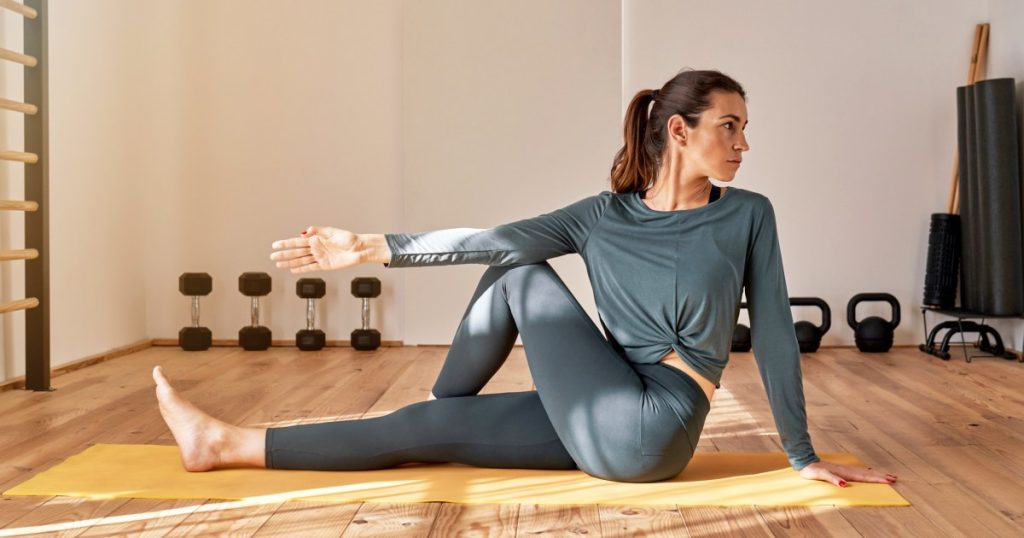Spinal twists are an important aspect of maintaining proper spine mobility, contrary to the belief that twisting can be harmful. Twisting movements are necessary for everyday activities such as walking, and practicing spinal twists can help improve mobility, relieve back pain, and provide relaxation and breathing practice. However, spinal twists may not be suitable for everyone, especially those who have recently undergone surgery or have certain health conditions. Consulting with a healthcare professional is recommended before incorporating spinal twists into your routine.
Performing spinal twists can increase spinal flexibility, improving hip and pelvic mobility as well. These rotational exercises help to separate trunk movement from hip movement, leading to better control of body movements and prevention of pain. People with reduced spinal flexibility may have difficulty performing daily tasks and may be at risk for injury. Spinal twists can help alleviate pain and improve mobility from the shoulders down to the hips, relieving tension in the lower back and other muscles that support the spine.
Spinal twists performed lying down provide an opportunity to practice deep diaphragmatic breathing for relaxation and pain relief. These stretches can mobilize tissues throughout the spine and interconnected muscles, promoting a sense of calmness and relaxation. Standing twists help strengthen muscles and challenge balance, while twisting poses may aid in managing bloating and constipation. However, these poses should not be relied upon solely for gastrointestinal issues, and it is essential to consult with a healthcare professional for proper advice.
There are various ways to perform spinal twists, including simple twists, supine twists, and seated twists. Beginners can start with the version involving both legs, gradually moving on to more advanced forms of the stretch. These stretches can be modified with props such as pillows or yoga blocks for added support. Incorporating spinal twists into your daily routine can help alleviate and prevent neck, shoulder, low back, and hip pain, promoting relaxation and improved mobility. Practicing proper techniques and consulting with a healthcare professional are key to reaping the benefits of spinal twists while avoiding any potential risks.













